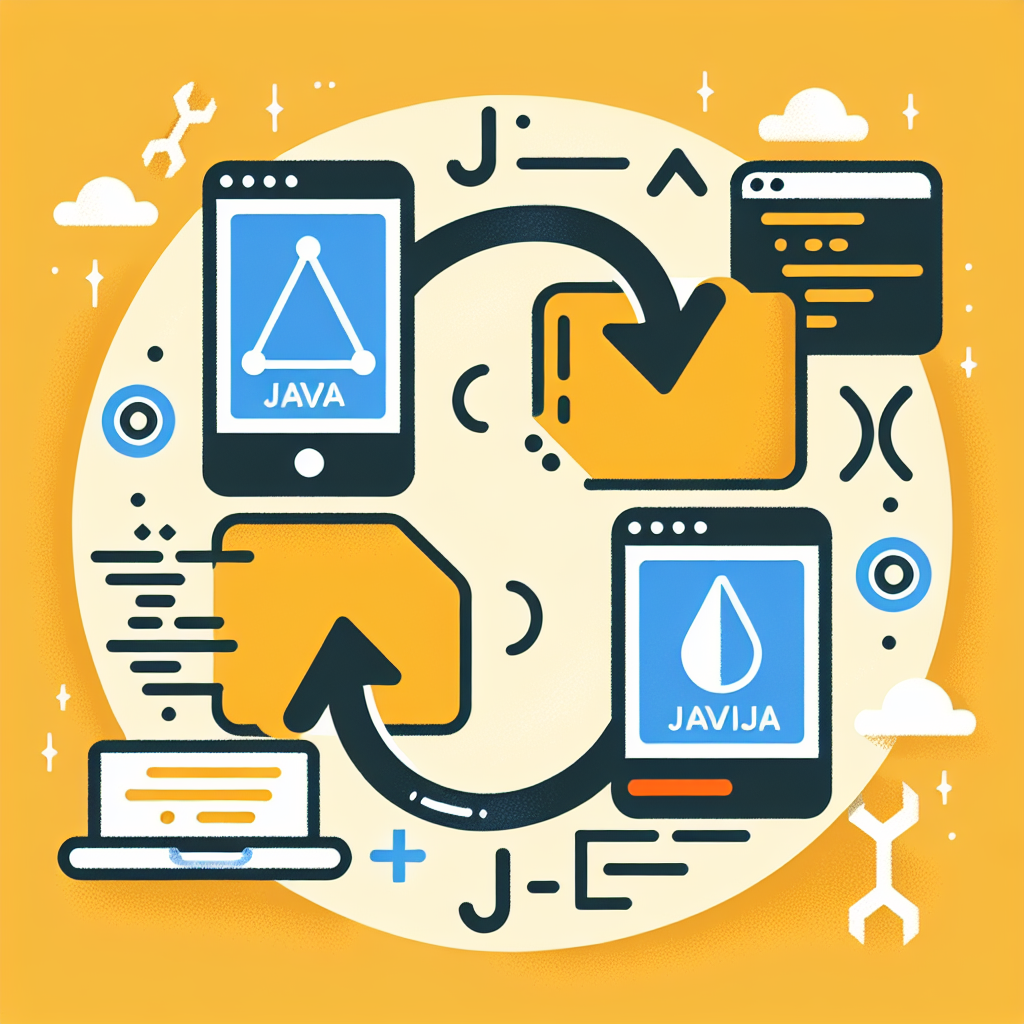Convert Java to JavaScript Online | Free Conversion Tool
Effortlessly convert Java to JavaScript with our intuitive tool. Boost productivity, streamline coding, and enhance compatibility. Try it today!
Source Code
Converted Code
Output will appear here...
The Java to JavaScript Converter is a powerful tool designed to seamlessly transform Java code into JavaScript, enhancing cross-platform compatibility and streamlining development workflows. Ideal for developers looking to leverage Javas robustness in web environments, this converter ensures efficient code translation, saving time and reducing manual errors. Boost your projects adaptability and reach with this indispensable tool, perfect for modern web and mobile applications.

Java to JavaScript Conversion Tool Link to this section #
Easily convert Java code to JavaScript with our cutting-edge tool designed for developers seeking seamless language interoperability. Whether you're transitioning from Java applications to web-based projects or integrating Java functions into JavaScript environments, this tool simplifies the process.
Key Features Link to this section #
Automatic Syntax Conversion: Transforms Java syntax into JavaScript efficiently, maintaining logical structure and functionality.
Code Optimization: Enhances performance by optimizing JavaScript code for web environments, reducing load times and improving execution.
Customizable Options: Allows for adjustments in the conversion process to better suit specific project requirements, such as ES6 compatibility or incorporating external libraries.
Benefits Link to this section #
Time-saving: Reduces manual coding hours by automating the conversion process, allowing you to focus on other critical aspects of development.
Error Reduction: Minimizes human errors typically associated with manual conversion, ensuring a smoother workflow.
Cross-Platform Compatibility: Facilitates the development of applications that work seamlessly across different platforms and devices.
How It Works Link to this section #
Input Java Code: Paste your Java code into the designated input area.
Configure Settings: Choose any specific settings needed for your conversion, such as targeting ES6 syntax or including specific JavaScript frameworks.
Generate JavaScript: Click the convert button to generate the corresponding JavaScript code.
Review Output: Examine the generated JavaScript code, test, and integrate it into your project.
Example Link to this section #
Java Code:
public class HelloWorld {
public static void main(String[] args) {
System.out.println("Hello, World!");
}
}
JavaScript Conversion:
class HelloWorld {
static main() {
console.log("Hello, World!");
}
}
HelloWorld.main();
Additional Resources Link to this section #
Our Java to JavaScript conversion tool is perfect for developers looking to streamline their workflow and ensure high-quality code across multiple platforms.
Frequently Asked Questions
What are the main differences between Java and JavaScript?
Java is a statically typed, object-oriented programming language primarily used for server-side applications and Android development. JavaScript is a dynamically typed, interpreted scripting language used mainly for client-side web development to enhance interactivity and user experience.
Can JavaScript code be executed in a Java application?
Yes, JavaScript code can be executed in a Java application using a JavaScript engine like Nashorn (available in Java 8) or GraalVM. These engines allow you to embed JavaScript code within Java and execute it at runtime.
Is it necessary to learn Java before learning JavaScript?
No, it is not necessary to learn Java before JavaScript. They are distinct languages with different use cases. JavaScript is more suited for web development, while Java is often used for backend and Android development. You can learn either language independently based on your interest and project requirements.